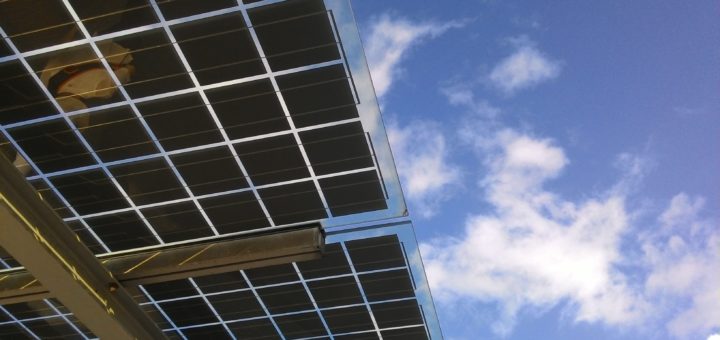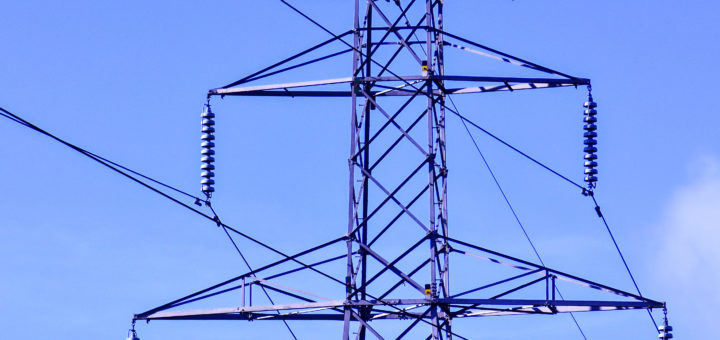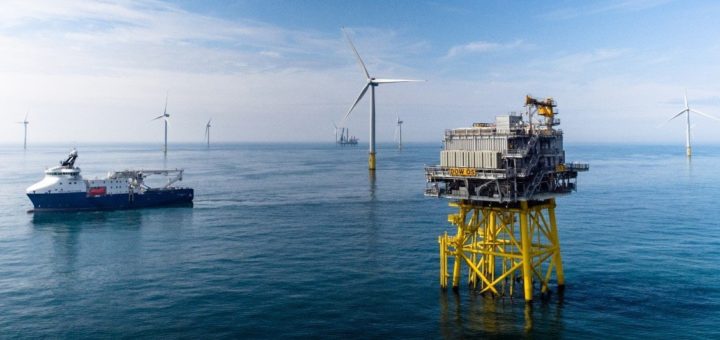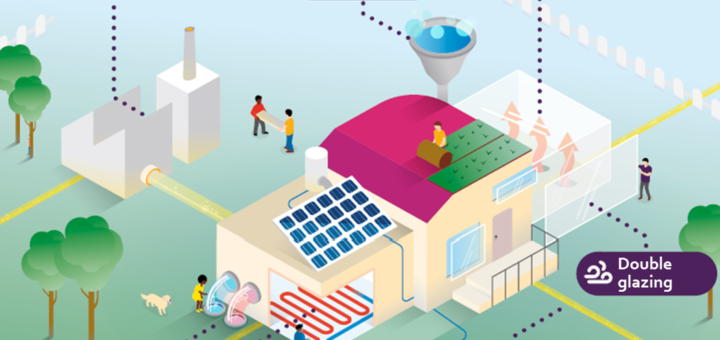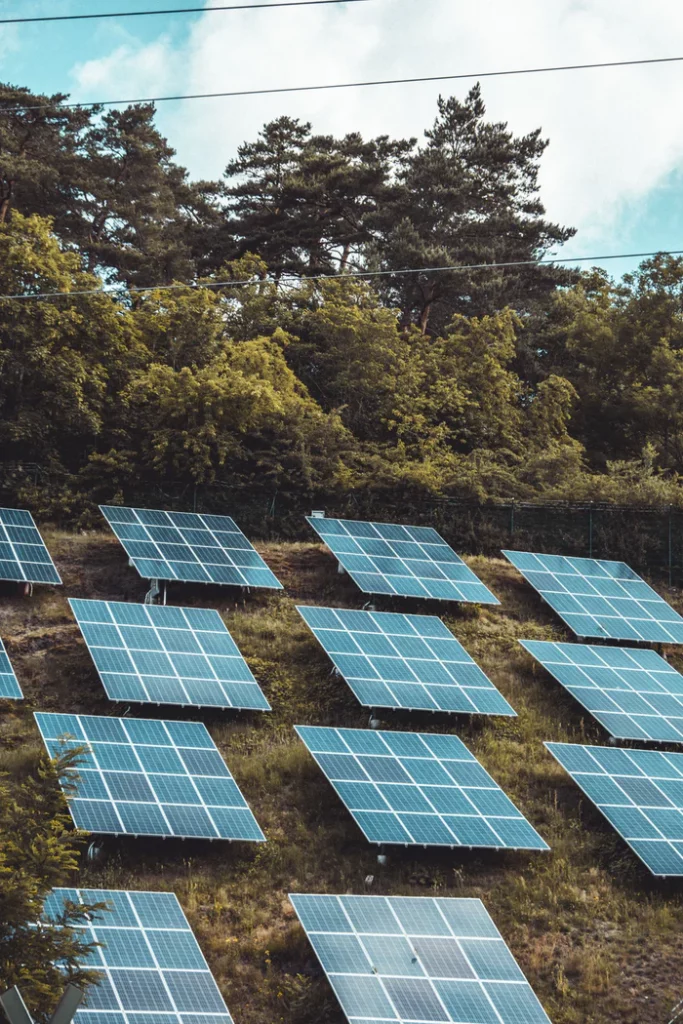Achieving a decarbonised electricity sector is difficult, the main problem lies in integrating new energy sources e.g. Renewable Energy Sources (RES) into existing energy systems. This research is focused on achieving a decarbonised electricity sector in Greece and include both generating and storing clean energy at the local level. The DREEM model was calibrated for the case of Greece and simulated for 3 scenarios. Resulting with 2 policy scenarios.
Supplying clean, affordable, and secure energy
In 2008, the Climate Change Act was established in the UK, committing to achieve 80% GHG emission reduction by 2050 compared to 1990. The UK electricity supply will need to be largely decarbonised by around 2030. The UK Government has supported both the development of renewable energy and nuclear power, but more the focus on the latter. There has been wide-ranging interest in the possibility of Small Modular Reactors (SMRs), but also risk and uncertainties.
Part of the transformation to meet climate change mitigation goals will be a reduction in GHG emissions from the energy sector in the EU and Member States. This may involve large economic costs, particularly for investments. The ‘carbon bubble’ is a major financial concern, which may arise through the transition into a low carbon economy. Analysis suggests that investors’ risk perceptions of renewables have more of an impact than the perceived risk of fossil fuels.
Report from the bioenergy workshop series in Bali with in total 62 participants who attended the event. Among them, 18 were students, 15 were local and national representatives of the government, 14 were researchers, 10 were from private sectors, and 5 were farmers.
Kenya has committed to reduce domestic GHG emissions by 30% by 2030 but also is attempting to grow its economy against a backdrop of international agreements to reduce greenhouse gas emissions. This will mean harnessing the country’s significant renewable energy potential. The study covered three technologies: wind, solar, and the third, geothermal, is more specific to Kenya due to the Great Rift Valley. Overarching areas of interest and policy recommendations are given.
The ‘Winter Package’ in the EU focusses on clean energy for all Europeans and contains specific goals for energy and climate and calls upon Member States to formulate Integrated National Energy and Climate Plans (INECPs). Case study findings in support of INECP formulation are assessed in this report of three case studies: Greece, Austria and the Netherlands.
Evaluation of climate change mitigation policy is critical for how well policies and measures work. Offering insights in the functioning of policies can enhance the transparency of policy implementation, which is essential to gain citizens’ support for those policies. The CARISMA project team carried out a meta-analysis of climate policy evaluations in EU Member States and found that the energy sector is dominant in policy evaluations. Supports future EU legislative proposals and accompanying impact assessments.
Risks are associated with policies to combat climate change and can be divided into two broad categories: Implementation risks and Consequential risks. TRANSrisk research has shown that the number and nature of risks that can be assessed using economic models is limited. Assessment work generated outcomes at the level of case studies and at meta-level. Shows how assessment of risks and their underlying dimensions changes depending on an expert’s professional background with different stakeholder groups.
About 96% of all households in the Netherlands are heated using natural gas and is still the European Union’s largest natural gas producer. The demand for heat will have to be filled in another way than using natural gas and lot of existing buildings will need to be retrofitted. The transition will also have huge social implications, as it will affect the houses of seven million households in the Netherlands.
Photovoltaics (PV) has become the cheapest source of electricity in many countries and every two years, the capacity is roughly doubled, but it is uncertain if this growth will be sustained. If potential barriers to deployment are addressed, PV could cost-competitively supply 30-50% of global electricity by 2050. Two potential barriers which need to be addresses could hinder continued growth: integration challenges, as many options exist, and the financing costs require international cooperation.

